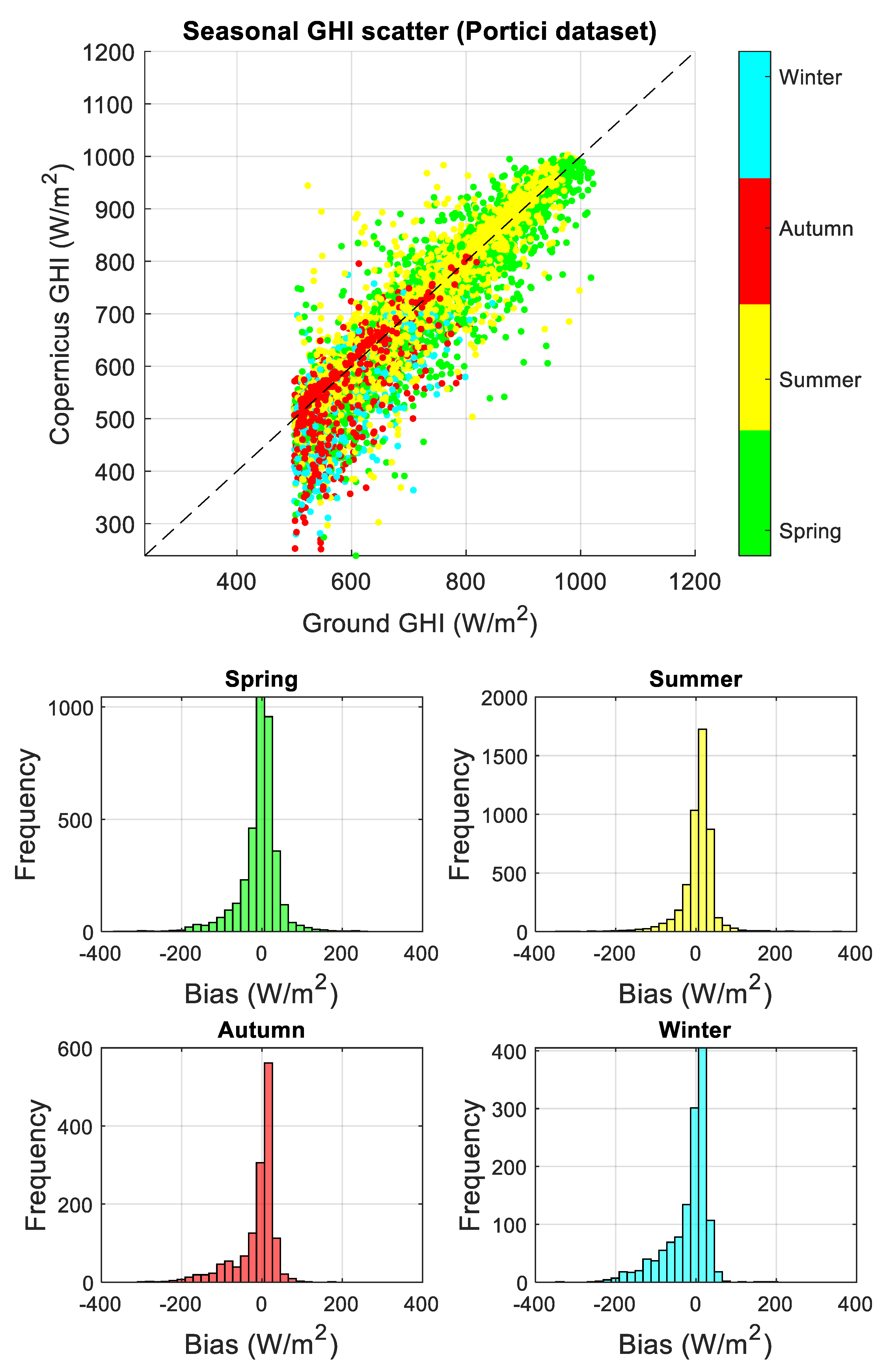
Source: MDPI
The Importance of Solar Radiation Data in PV System Design
Understanding Solar Radiation Data
Solar radiation data is crucial for the design and performance assessment of photovoltaic (PV) systems. The most accurate measurements are obtained through pyranometers placed at specific locations over extended periods, typically a decade or more. These measurements capture direct radiation at short intervals, providing detailed insights into solar energy availability.
Data Reduction Techniques
To make this wealth of data manageable for PV system design, various reduction techniques are employed. One common method is averaging the data over specific periods, such as daily, monthly, or yearly averages. While this simplifies the data, it also eliminates day-to-day variations in solar radiation, which are essential for understanding system performance nuances.
Importance of TMY Data
Typical Meteorological Year (TMY) data, used by organizations like the National Renewable Energy Laboratories in the USA, is a popular format for presenting solar radiation data. TMY data retains daily variability, offering a balance between detailed information and practical usability for system design. It is widely utilized for estimating PV panel requirements and system performance.
Exploring Additional Data Insights
Beyond TMY data, more detailed information can be extracted from full radiation datasets. One valuable but less common metric is the probability of consecutive cloudy days, defined as days receiving less than 50% of expected radiation. Understanding the frequency of such events, like multiple cloudy days in a row, is crucial for sizing energy storage systems effectively.
Enhancing PV System Design
By leveraging diverse solar radiation data formats, designers can create more robust and efficient PV systems. Incorporating insights into day-to-day variations, long-term trends, and extreme weather scenarios enables accurate sizing of components and optimization of system performance. This comprehensive approach ensures reliable energy generation and storage capabilities in varying environmental conditions.
Source: Laboratory for Atmospheric and Space Physics
